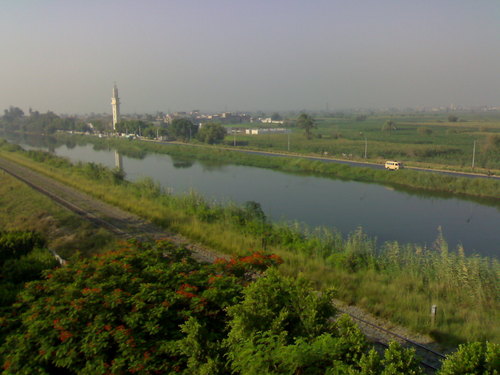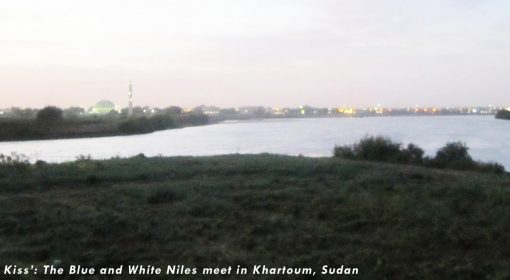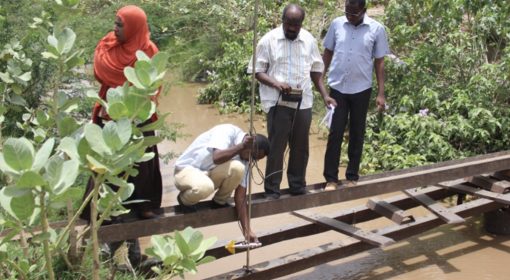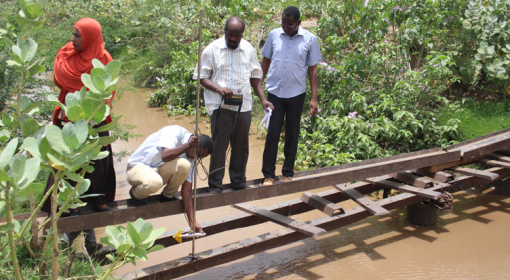Posted by Kassem Mourad
July 27, 2016

Image Courtesy: MontyofEgypt – Own work, CC BY-SA 3.0, https://commons.wikimedia.org/w/index.php?curid=5203022
It seems to be impossible to go back to the resent glory days of having canals and their tributaries filled with water on almost a constant bases , providing a constant supply of fish , as well as providing an ecological environment, specially the sensual environment of seeing and smelling nature at its best . There is no chance to return to those days because of the increased demand for water resources. We will have to give up how we currently view the current setup within the irrigation system, and eventually stop flood irrigation. We will have to make less use of open canals by covering them or putting pipping systems , this process is actually being performed on a small scale and for different kinds of reasons around Egypt.
The Ministry of Water Resources and Irrigation has been able to provide water for the increasing demand by expanding the tributaries of the Nile as far away as the Sinai to the east and Martrough Governt to the west . Performing this process of expansion is not by any means an easy task . I would consider it to be one of the most advanced irrigation system on the basis of its ability to distribute the irrigation water equally throughout Nile valley and Delta and their expansion over the years. One of the process carried out to achieve this was having to fill the canals on a cyclical rotation. Most of the resent delivery systems rely on the lifting the irrigation waters to higher grounds to serve the outskirts of the valley and the delta, and taking irrigation water to north Sinai required the provision of water tunnels to carry the water beneath the Suez Canal .
Water scarcity will have negative ecological impacts on ; fisheries , seawater intrusion , increased salinity of underground water ,etc . One of the methods suggested to overcome water scarcity was by eliminating flood irrigation. And my suggested path to achieve the conversion is by providing big scale elevated water storage tanks. https://kassemmourad.wordpress.com/2015/04/09/solving-egypt-water-scarcity/.
The volume capacity of the elevated water storage tanks should be in the range of 20,000 cubic metres . With such capacity, 60,000 of these tanks could cover 8 million acres of agricultural land in the valley and delta.
The cost of building the tanks is enormous and it would take decades to recover their costs. The tanks can be utilised to perform 4 additional tasks in order to increase the revenue generated from them:
1) Using the tanks as fish farms
2) Providing water rich in fish waste
3) Establishing factories for filleting and packaging the fish .
4) Produce fish bone meal fertiliser from the scraps that are by-products of the fish processing factories.
An irrigation fee can be set, to be paid by farmers in return for pressurised fertilised irrigation provided directly to their plots.
{jcomments on}



